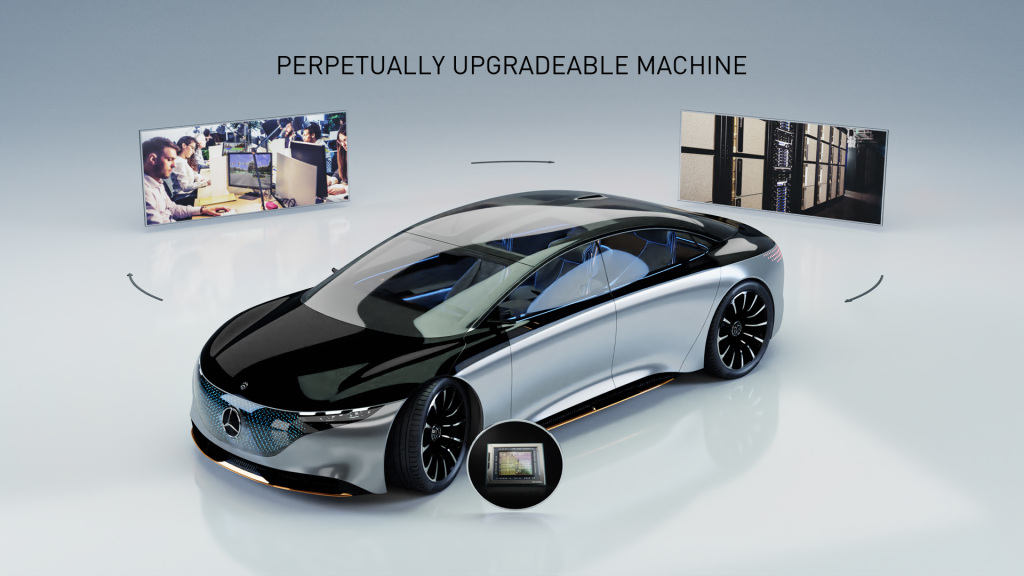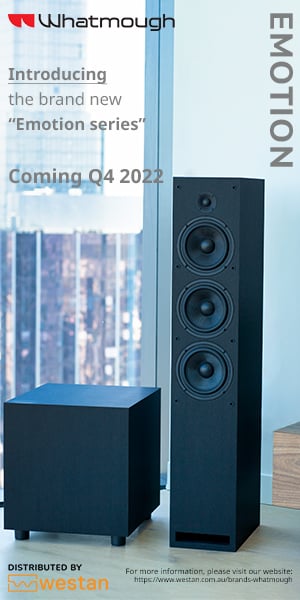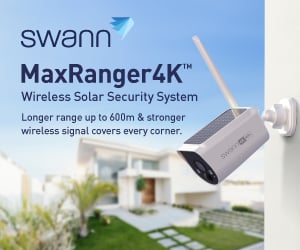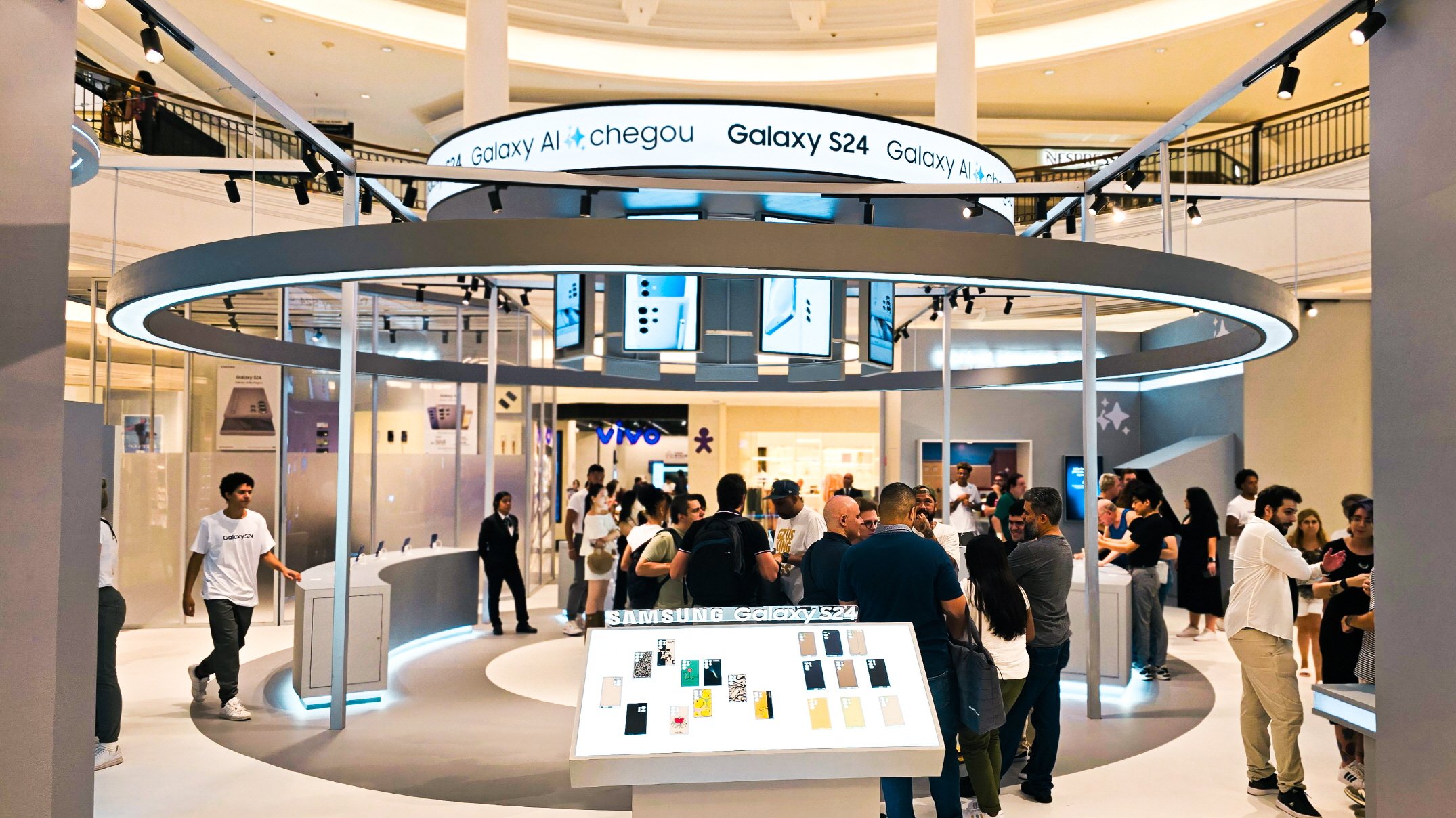Computing component manufacturer, NVIDIA, has partnered with luxury car maker, Mercedes-Benz, for the production of an advanced computing system to run self-driving cars – potentially in fleets as early as 2024.
The next-gen computing system will be based on NVIDIA’s system-on-a-chip Orin tech, which was first revealed in late 2019.
To-line specifications include using less power for the delivery of up to 200 trillion operations per second.
With a full system software stack, the platform is set to support many self-driving applications, reportedly including complex driver assist systems and driverless parking functions like those seen in Tesla vehicles.
The system is also set to facilitate over-air-software updates on all Mercedes vehicles commencing in four years.


The news will see such Merc cars be updated in a similar fashion to smartphones, as seen with market-leader Tesla in cars.
“By downloading new functions and upgrades from the cloud, we want to continuously bring the system up to date, thereby increasing the value of the vehicle,” states Daimler CEO, Ola Källenius, as per a joint statement with Nvidia.
The NVIDIA Drive system will seek to track a driver’s movements to ensure they’re monitoring the road, in addition to tiredness or drowsiness assessments. Notifications may be made via voice alerts or haptic warnings, differing to car manufacturer preference.
The system will also monitor the external environment, with features preventing someone from opening a door should a passerby of bicyclist be nearby.
The news follows reports Mercedes-Benz parent company, Daimler, has ceased its self-driving car development partnership with BMW.
Further information is available on Daimler’s Newsroom here.














































